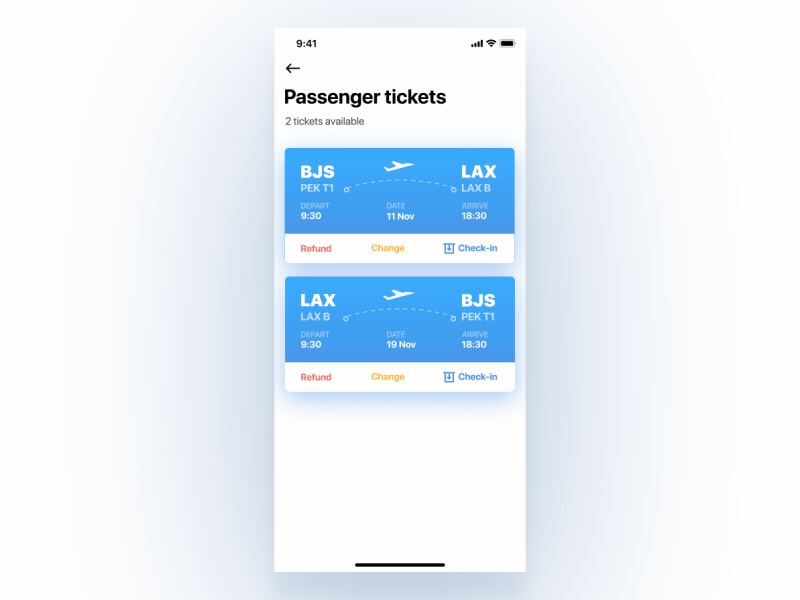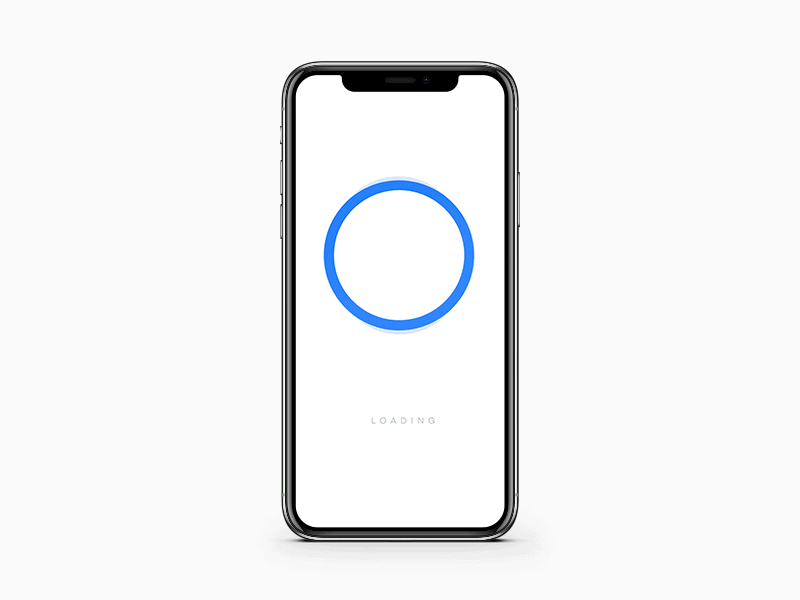Cross Platform Development
The term “cross-platform mobile app development” or “hybrid mobile app development” speaks for itself: this is an approach that allows developers to build a mobile solution that is simultaneously compatible with several operating systems and platforms (Android, iOS, Windows).

Hybrid applications have a native look and feel due to the combination of native code with independent code that’s suitable for multiple platforms. Developers write the code once and then reuse it, thus making it possible to release a product quickly.
To code cross-platform software, developers use intermediate programming languages — HTML, JavaScript and CSS — not native to devices and OSs. Then, apps are packaged into native containers and integrated into platforms.
Native Development
Native development relies on tools and programming languages designed specifically for one platform. They are original for the device and the operating system. For example, Objective-C and Swift are used for iOS apps; Java, C/C++ and Kotlin help create Android solutions; C# and Visual Basic are optimal for Windows Phone.

The drawback is that a native app is not compatible with other platforms. To reach wider audiences, you would need to develop several solutions (one app for each targeted platform), which is time-consuming and cost-intensive.
Cross-Platform Development
Ever wanted to pull your hair out over a website on your smart phone or tablet that is garbled and impossible to navigate? Maybe you looked up your local dentist’s website in the car for directions while rushing to an appointment, but the content appears too tiny to read and you have to enlarge the screen so much you can only read three words at a time. Or the words overlap and you can’t even touch items to select them like you could with a mouse. Well, the culprit is fixed web design, and it is thankfully going the way of the dinosaurs. The good news is responsive web design has evolved in its place, and allows websites to be viewed on all devices with ease.

